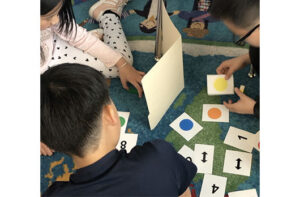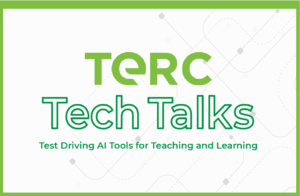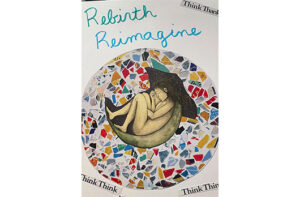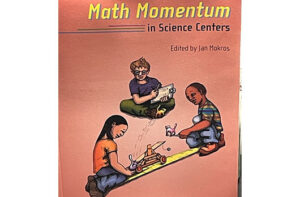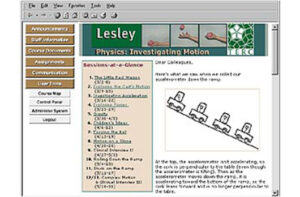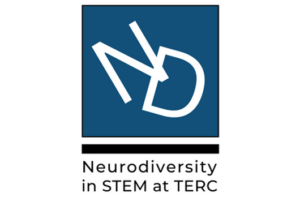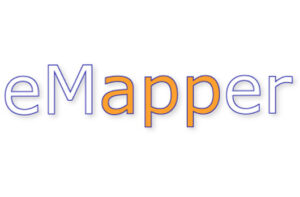Using Eye Tracking for Research on Learning and Computational Thinking
Fengfeng Ke, Ruohan Liu, Zlatko Sokolikj, Ibrahim Dahlstrom-Hakki & Maya Israel
Ke F., Liu R., Sokolikj Z., Dahlstrom-Hakki I., Israel M. (2021) Using Eye Tracking for Research on Learning and Computational Thinking. In: Fang X. (eds) HCI in Games: Serious and Immersive Games. HCII 2021. Lecture Notes in Computer Science, vol 12790. Springer, Cham. https://doi.org/10.1007/978-3-030-77414-1_16
Abstract
This paper presents a conceptual discussion of the theoretical constructs and perspectives in relation to using eye tracking as an assessment and research tool of computational thinking. It also provides a historical review of major mechanisms underlying the current eye-tracking technologies, and a technical evaluation of the set-up, the data capture and visualization interface, the data mining mechanisms, and the functionality of freeware eye trackers of different genres. During the technical evaluation of current eye trackers, we focus on gauging the versatility and accuracy of each tool in capturing the targeted cognitive measures in diverse task and environmental settings—static versus dynamic stimuli, in-person or remote data collection, and individualistic or collaborative learning space. Both theoretical frameworks and empirical review studies on the implementation of eye-tracking suggests that eye-tracking is a solid tool or approach for studying computational thinking. However, due to the current constraints of eye-tracking technologies, eye-tracking is limited in acting as an accessible and versatile tool for tracking diverse learners’ naturalistic interactions with dynamic stimuli in an open-ended, complex learning environment.

Related People:
Ibrahim Dahlstrom-Hakki


